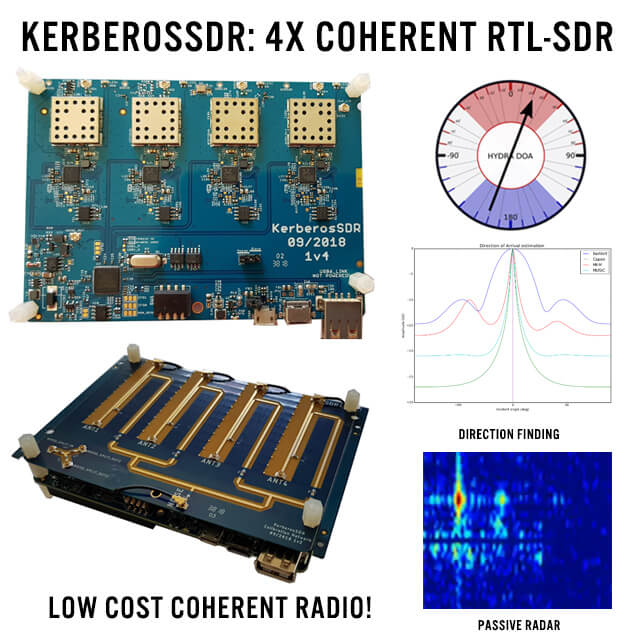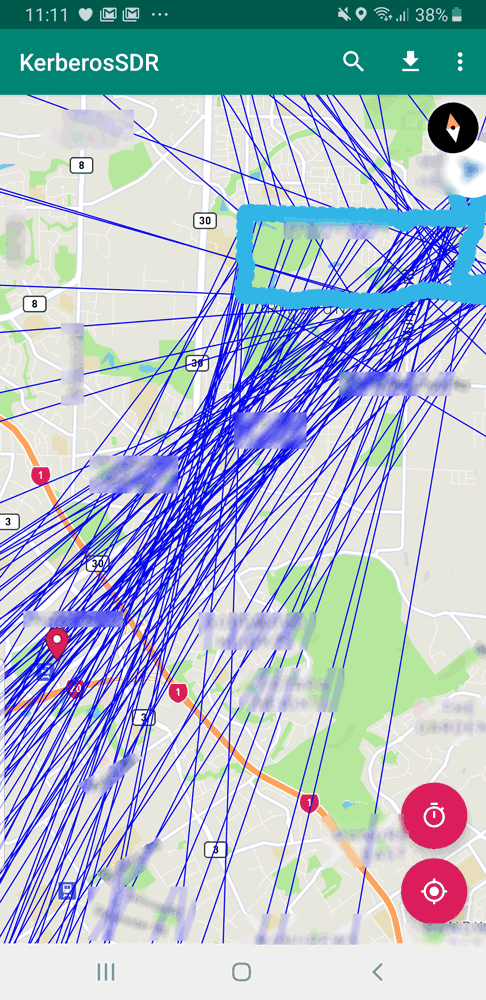United Nations Expert Arrested in Tunisia for Using an RTL-SDR
Recently several newspapers [CNA] [France24] [Guardian] [MEM] [HuffPostMG] have reported a story about a United Nations (UN) expert being arrested in Tunisia for having an RTL-SDR dongle. Dr. Moncef Kartas is a member of a UN panel of experts investigating violations of the UN arms embargo on Libya.
On March 26, 2019 Kartas was arrested on his arrival in Tunisia on suspicion of spying for "unnamed foreign parties", and one of the key arguments being used against him is that he was in possession of and had used an RTL-SDR dongle. In the France24 article, they explain that he was using the RTL-SDR as part of his investigation for monitoring air traffic to Libya in an attempt to link flights against violations of the arms embargo.
As Kartas' business in Tunisia was to present his findings on the arms embargo violations, other experts believe that the arrest is politically motivated, and that ownership of the RTL-SDR for espionage is simply being used as an excuse. However, while the investigation continues Kartas remains in jail, and in Tunisia a charge of espionage could be punishable by death. As Kartas holds UN diplomatic immunity, and as Tunisia is a member of the UN, the arrest and detainment is seen as illegal.
We hope that Kartas is safe and will be released soon. If you want to keep an eye on his story, there is a Twitter account called "Free Moncef Kartas" @FreeMoncefK that appears to be posting news articles and tweets about his arrest.






